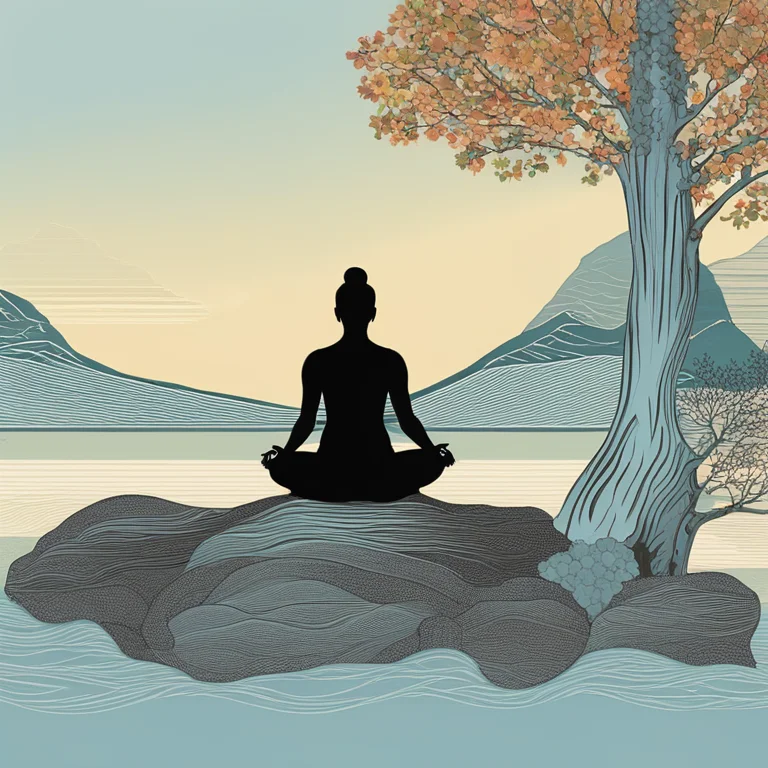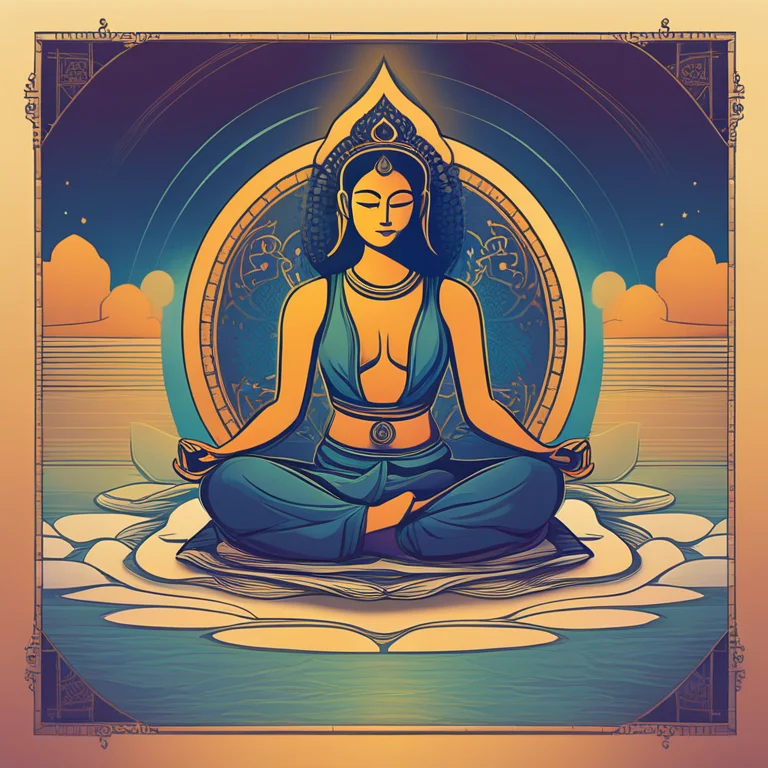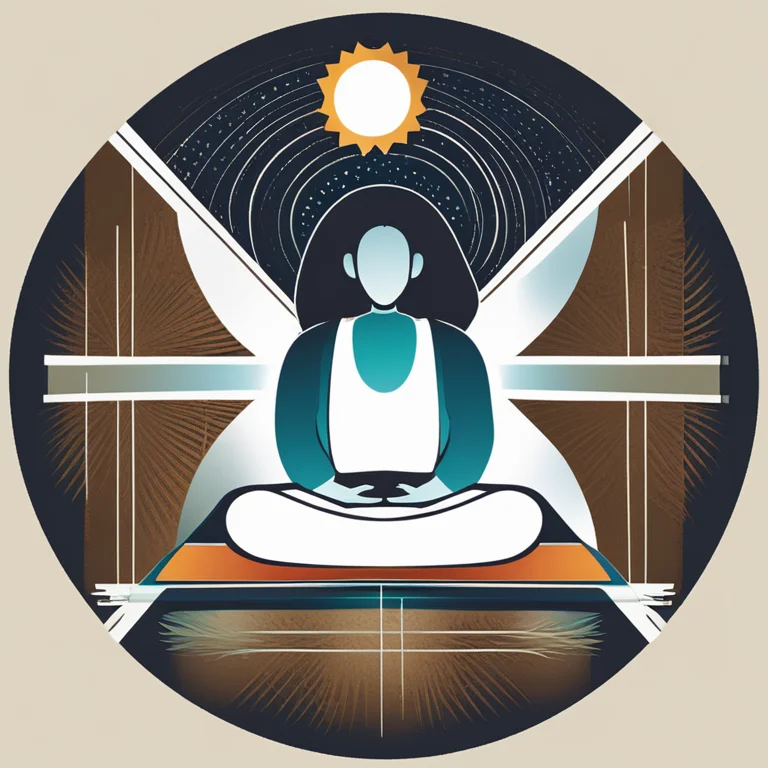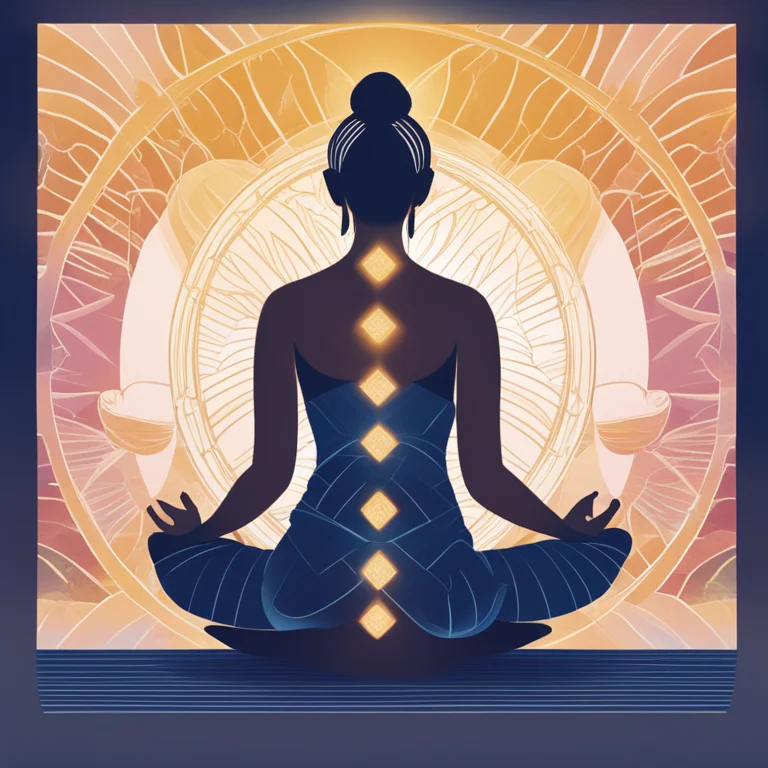
Mastering Meditation Postures for Inner Harmony
Discover effective meditation positions to enhance your spiritual practice for improved mind-body balance and inner peace.
article by Hina Kurosawa
Significance of Proper Meditation Postures
Proper meditation postures are foundational to a successful practice. They facilitate the optimal flow of energy, promote physical stability, and prepare the mind for deeper meditation. A correct position aids in maintaining focus, preventing discomfort, and ensuring that the meditator can endure longer sessions without distraction. Understanding the interplay between body and mind, experienced practitioners recommend adopting postures that support both relaxation and alertness. Moreover, new research from 2024 highlights connections between postural alignment and neural efficiency, reinforcing the importance of this ancient wisdom in modern times.

The Lotus Position (Padmasana)
The Lotus Position is synonymous with meditation, symbolizing purity and enlightenment. To adopt this pose, sit with your feet on the opposing thighs, creating a locked, stable base. Hands rest on the knees with palms facing upward, while the spine remains erect. This position is suitable for those with flexible hips and knees. It promotes feelings of tranquility and, according to recent biometric studies, may enhance the depth of meditative states. However, for beginners or those with less flexibility, alternative positions may be more accessible and equally beneficial.

Seated Mountain Pose (Siddhasana)
Siddhasana, also known as the Accomplished Pose, is an excellent alternative to the Lotus. In this position, you sit with one heel at the perineum and the other in front of the body, with the hands resting on the thighs. This posture eases tension on the joints while still aligning the spine. Its simplicity makes it a preferred choice for extended meditation sessions. Recent data from ergonomic studies in 2024 suggests this pose can support longer periods of concentration by reducing physical strain.

Kneeling Pose (Vajrasana)
Vajrasana, or the Diamond Pose, serves as an alternative for those who find sitting positions challenging. To practice Vajrasana, kneel on the ground with your buttocks resting on your heels and hands on your thighs. It assists in keeping the spine straight and the mind alert. Unlike other positions, it can be practiced immediately after eating, aiding in digestion. Current health blogs tout Vajrasana as an approachable entry point for newcomers to meditation in 2024.

Corpse Pose (Savasana)
Savasana, while typically used for yoga relaxation, can also be a meditative posture. Lying flat on your back with arms and legs slightly spread apart allows the body to completely release tension. Focus on the breath, and observe thoughts without attachment. Studies in sleep and relaxation therapies have highlighted how Savasana, when properly executed, can greatly reduce stress hormones and foster a sense of well-being.
Chair-Supported Meditation
Not all are comfortable or able to sit on the floor, making chair-supported meditation a valid and accessible option. Sit with feet flat on the floor, back straight without leaning on the chair, and hands on the knees. This position is increasingly recommended by meditation instructors, especially given the rise in sedentary lifestyles and associated mobility issues in 2024. It allows for inclusivity, ensuring everyone can partake in the benefits of meditation, regardless of physical condition.
Published: 1/9/2024
Modified: 1/9/2024
More predictions
Come back here soon to learn more about yourself and your future


The Serenity Sojourn: Embrace a Meditation Retreat
Delve into the tranquility of a meditation retreat and rejuvenate your mind, body, and soul with practices that transcend time.


The Harmony of Meditation and Sleep
Discover the synergistic benefits of meditation for enhancing sleep quality and overall well-being in this insightful article.


The Serene Path: A Guide to Meditation Retreats
Discover the transformative journey of meditation retreats and how they can enhance your spiritual practice in a serene environment.